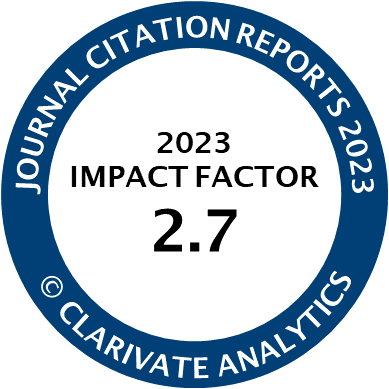Article | Open Access
The Commodification, Spatialization and Structuration of Social Media in the Indonesian Cyber Media News
| Views: | 7121 | | | Downloads: | 5753 |
Abstract: This research aims to uncover the commodification, spatialization, and structuration of Social Media within Cyber Media News in Indonesia. A critical perspective was used to conduct the study using a case study method. Through the use of Vincent Mosco political economy theory of media, the authors conclude that Tribunnews.com, the cyber media news, and the object of this research, makes social media a commodity and a content distribution channel, by involving all parts of the newsroom to utilize social media (structuration). The commodification of content is carried out by making information on social media an initial source for news production. Audience commodification by using the followers of social media accounts as a source of income. This was achieved by offering social media accounts to the advertisers to put their advertisement on official social media accounts. Through the use of social media, journalists are used by Tribunnews.com for profit. Utilization is carried out by distributing journalists’ work to social media, and to other cyber media news included in the media group—without providing additional wages. Spatialization was carried out by using social media as a means of news distribution or amplification. The goal is to reach readers who mostly get their information through the Internet, including through smartphones and social media. Structuration achieved through the formation of a team dedicated to managing the use of social media in the production and distribution of news.
Keywords: commodification; distribution; followers; Indonesia; journalism; news; social media
Published:
© Muslikhin Muslikhin, Deddy Mulyana, Dadang Rahmat Hidayat, Prahastiwi Utari. This is an open access article distributed under the terms of the Creative Commons Attribution 4.0 license (http://creativecommons.org/licenses/by/4.0), which permits any use, distribution, and reproduction of the work without further permission provided the original author(s) and source are credited.




